Getting your camera into the water doesn't have to entail purchasing an expensive housing that one might think is necessary. I recently did some research on alternatives to hard casings that would allow you to get your SLR camera into the water. I came across a few different companies offering durable plastic casings that I thought I would try out.
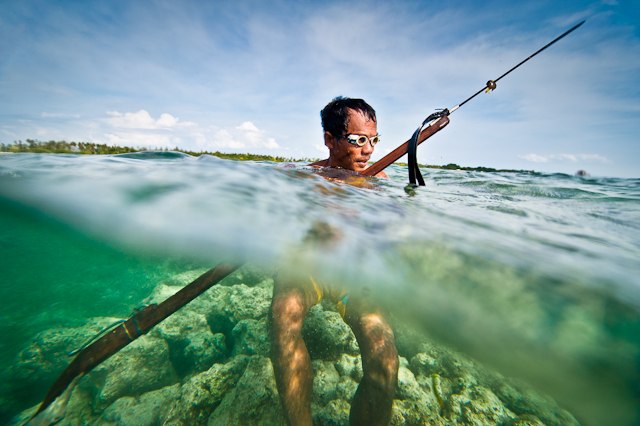
Spear Fisherman (Nikon D700 — ISO 640, 16mm, F/5.6, 1/2000 Sec.)
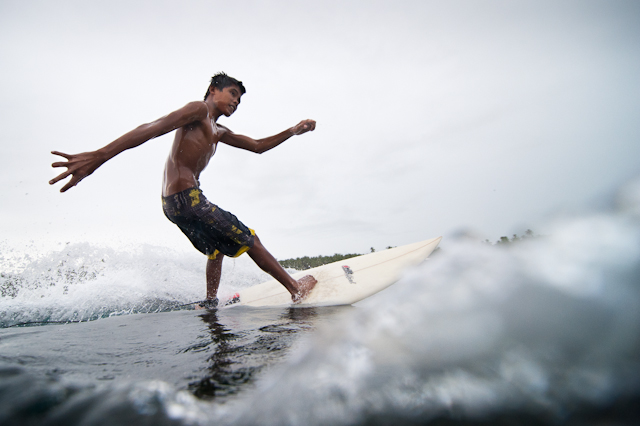
Surfer (Nikon D700 — ISO2000, 16mm, F/5.6, 1/2000 Sec.)
Using a plastic casing basically allows you to submerge your camera up to 10 meters of depth, allowing you to photograph from fresh new angles. It's not designed for serious underwater professionals, as there is no way to place a strobe with this type of casing. However, if you only want to shoot with natural ambient light, this might be a great option.
I have had my plastic casing for a few months now and haven't had any problems with leaks or malfunctions. It has proven to be very durable. It has been well worth the $100 I spent on this casing and it has allowed me to get pictures I would have otherwise not been able to.
Having the best tools can certainly help us in our image making, but it shouldn't stop us from doing what we love to do. That is to take beautiful images!
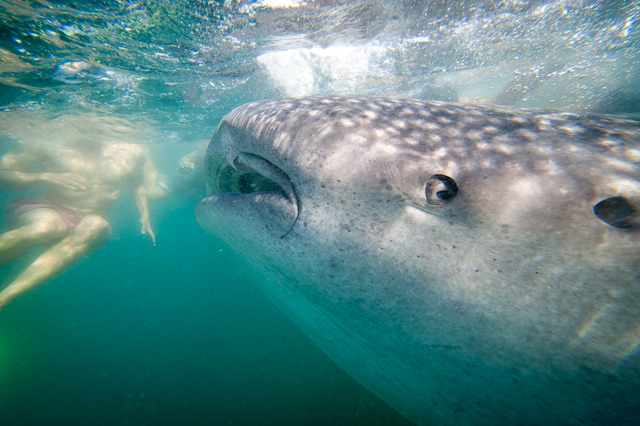
Whale Shark Encounter (Nikon D700 — ISO 2500, 16mm, F/20, 1/200)
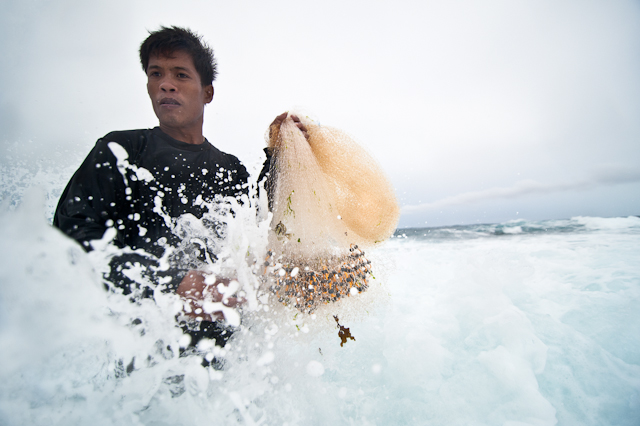
Castnetter (Nikon D700 — ISO 640, 16mm, F/2.8, 1/3200 Sec.)
Some Technical Tips:
1. When using a plastic underwater casing I have found it best to shoot with a wide angle lens. This allows you to capture as much of the surroundings as possible. I also generally like to get close to my subjects, so a wide angle allows me to do this.
2. Try shooting with a faster shutter speed which allows for compensation of water movement. If you are shooting in Aperture Priority, you may need to raise your ISO in order to get a faster shutter speed.
3. Shoot in continuous mode. This will allow you to get more photos off in order to capture the perfect expression/timing of your subject.
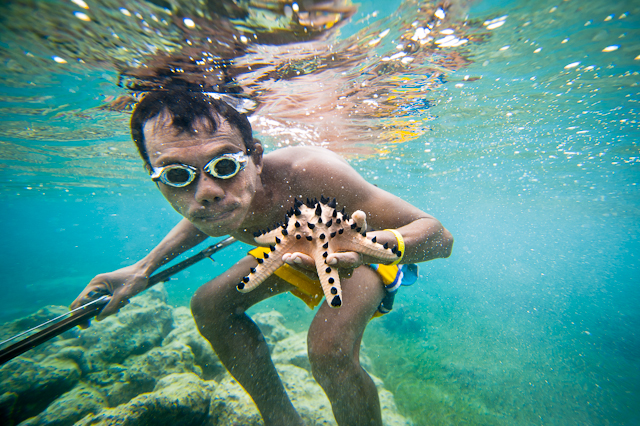
Starfish Collector (Nikon D700 — ISO 640, 16mm, F/5.0, 1/400 Sec.)
Jacob Maentz is a freelance travel, culture and documentary photographer based in the Philippines. His passion lies in creating images that communicate a strong sense of place and cultural awareness in unique, challenging situations. You can visit his website here, read his articles on his blog or follow him on Facebook.

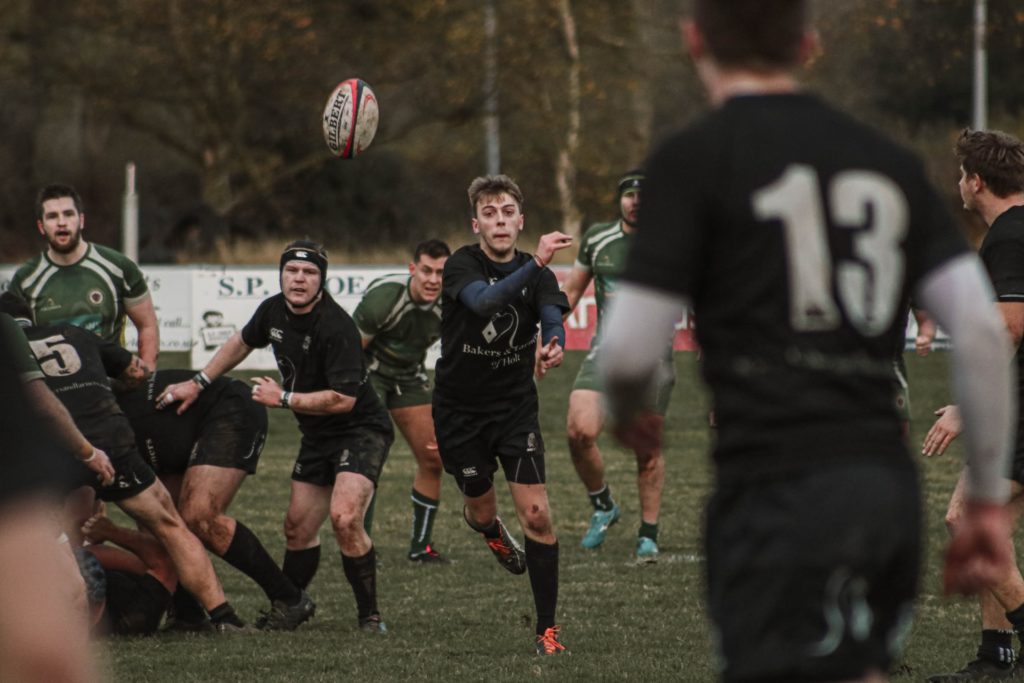
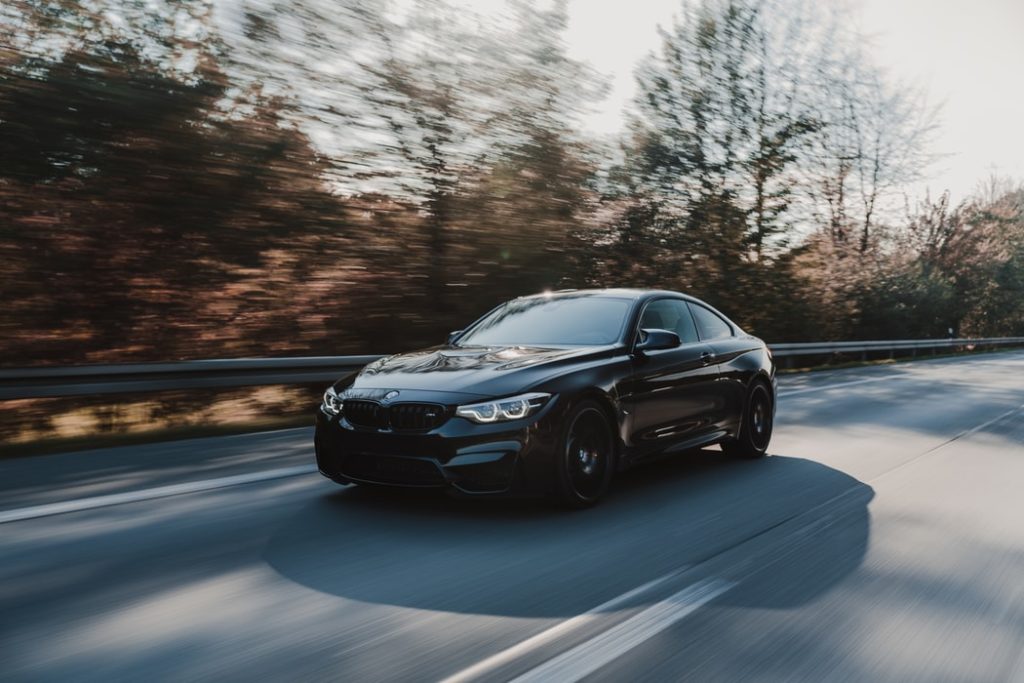


10 Comments
Jacob, thanks for the post. What were the housings you tried and which did you think were best? What about that $100 housing you mentioned — who makes it?
Sorry everyone for not mentioning the casing type in the post. I didn’t want to bluntly advertise. Anyway, I’m using the DiCAPac WP-S10 for my underwater pictures. https://www.dicapac.com/new_eng/02_products/sub03.html Hope that can be of help to everyone.
@ Melissa as long as you take care of the casing and test it with something before using it for the first time with your camera you should be ok. I was in some really rough waves taking surf photos and the case held up really good.
I’m not sure if that link above is working correctly Try these two:
Thanks, but I would love to know which housings you tried. I also have a D700 and am afraid to put it in a cheap housing. I bought a waterproof p&s that is fun, but has no manual controls and IQ is not the best.
Waw, it really sounds perfect. How did you buy the case? It seems they only have an address in Japan, but they don’t mention anything about ordering their products (online shop, resellers, anything…).
A wide angle lens that lets you get close will also allow more picture in your picture while reducing the amount of water between the camera and the subject. More water means more dirt and less light and colour getting through.
Some specialist providers offer flood insurance for people who take their cameras underwater – a good idea if you’re nervous about water near your favourite electronics.
Do you know of a good economical solution or a 7d?
I believe I purchased mine on Amazon: I just did a search there for the DiCAPac WPS10 and I saw a few stores selling it. I was also referred by a friend to try out another company’s casing: https://www.outex.com/ I haven’t tried this one, but it looks promising. Seems to cost a little more though.
@Brian..The DiCAPac is made to fit any brand SLR. It’s just a universal size.
Great shots and really interesting way to get them. I will definitely be trying this before purchasing any expensive gear. Thanks!
I’ve definitely wanted to do some water shooting for a while. I’ll have to look into it again. Thanks for the info and inspiration!